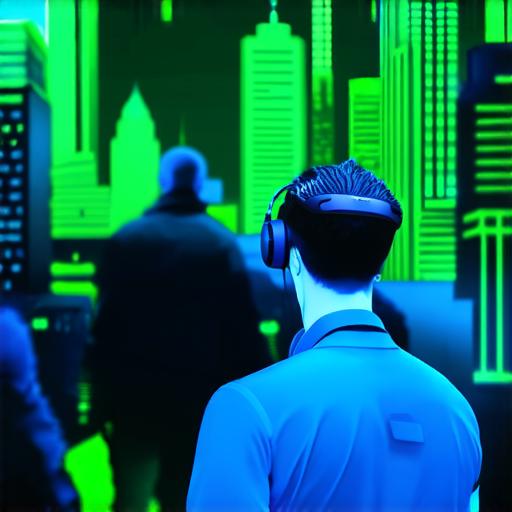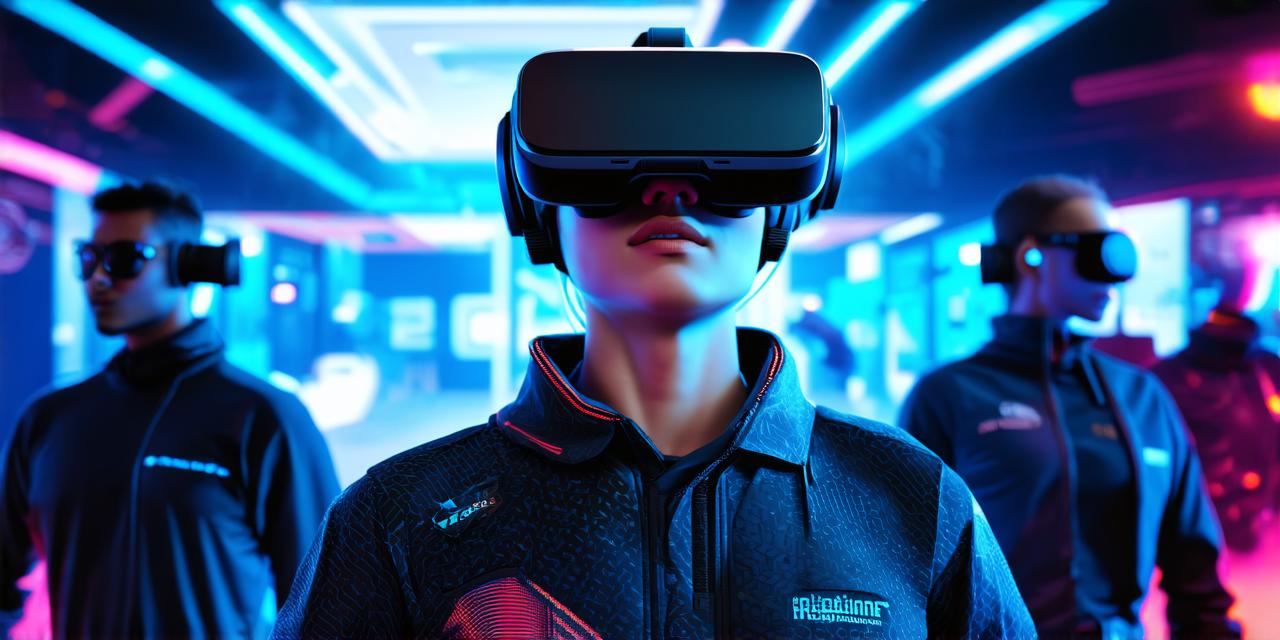Hardware Advancements
One of the key factors driving the growth of VR technology is the rapid advancement of hardware. The latest VR headsets offer improved display resolution, wider field of view, better tracking, and more comfortable designs. These improvements have made VR experiences more immersive and realistic, which has led to increased adoption rates.
In the next 5 years, we can expect even more significant advancements in VR hardware. Industry experts predict that we will see a decline in the price of VR headsets, making them more accessible to consumers. We may also see the emergence of new types of VR devices, such as wearable glasses that offer a seamless and wireless experience.
Software Advancements
Another key factor driving the growth of VR technology is the advancement of software. We are already seeing a wide range of applications for VR, including gaming, education, healthcare, and entertainment. As the technology continues to evolve, we can expect even more innovative uses for VR.
In the next 5 years, we may see the emergence of new software platforms that make it easier for developers to create VR experiences. This will lead to a wider range of content available for consumers, which will further drive adoption rates. We may also see advancements in artificial intelligence and machine learning that enable more personalized and interactive VR experiences.
Impact on Society
The impact of VR technology on society is already being felt, and this trend is likely to continue in the coming years. VR has the potential to revolutionize many industries, from healthcare to education to gaming. It can also be used to create new forms of social interaction and collaboration.
In the next 5 years, we may see VR technology become even more integrated into our daily lives. We may see it used in remote work settings, for example, allowing people to collaborate with colleagues from anywhere in the world. We may also see it used in retail settings, enabling customers to try on clothes virtually before making a purchase.
Conclusion
In conclusion, VR technology is likely to continue its rapid growth and adoption rates in the coming years. Hardware advancements are driving down costs, making the technology more accessible to consumers. Software advancements are enabling new uses for VR, from gaming to education to healthcare. And the impact of VR on society is already being felt, with the potential for even more transformative applications in the future.



